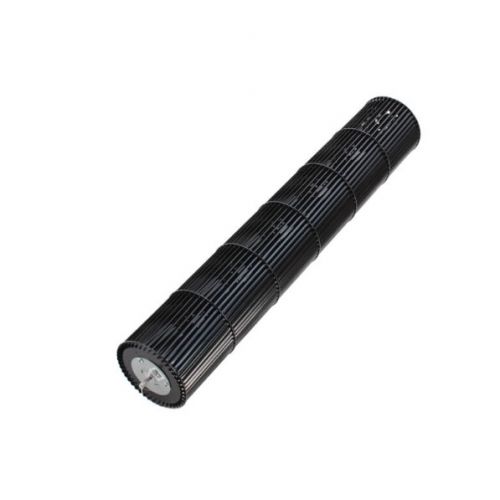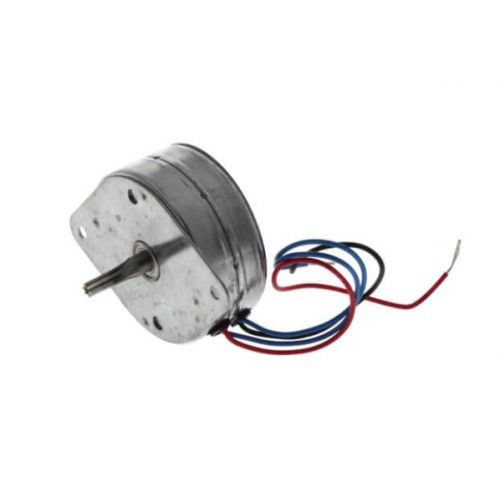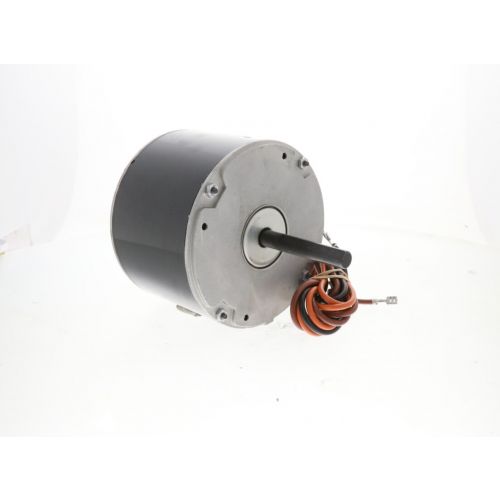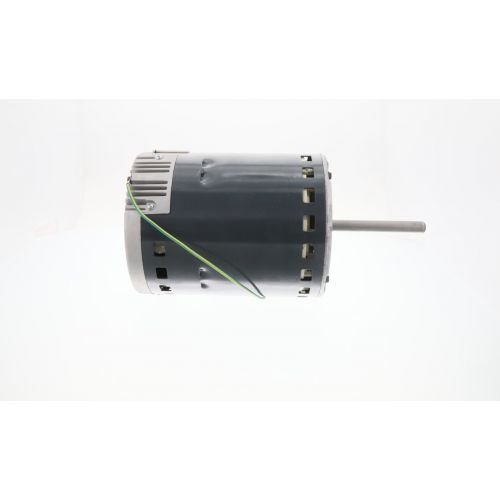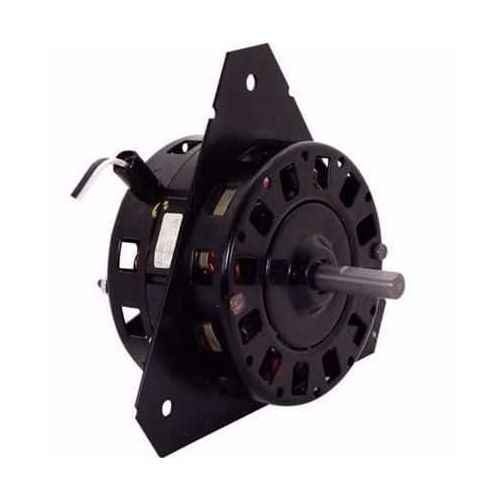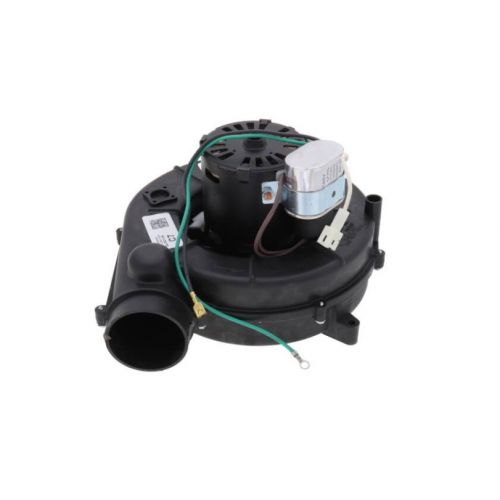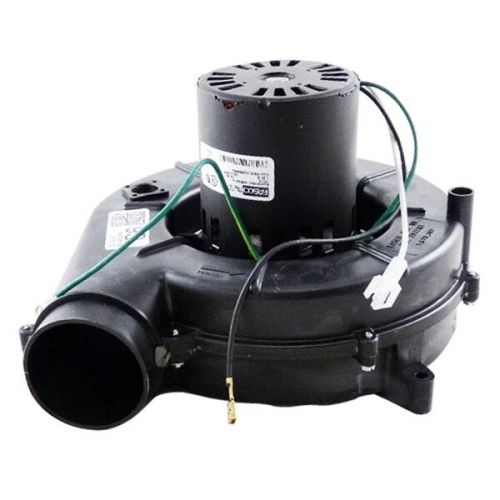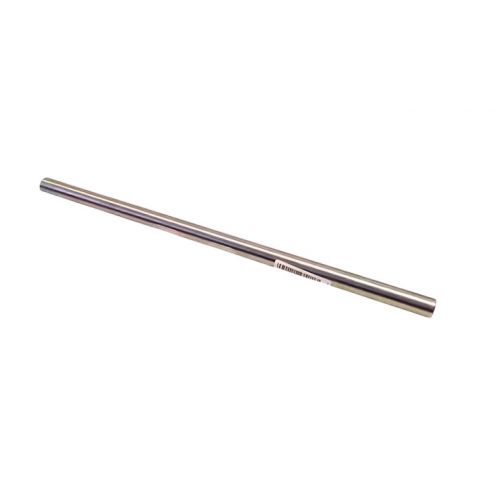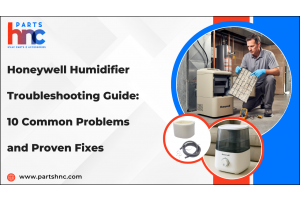Complete Guide To HVAC Air Conditioner: Types, Maintenance & Troubleshooting
Air conditioners are appliances designed to regulate indoor temperature and provide comfortable living or working conditions. In today's world of rising temperatures, air conditioners have become an essential part of our daily lives, providing a cool, comfortable environment that improves the quality of life.
The global air conditioner market size is expected to reach over $100 billion by 2025, with a growing demand for energy-efficient and eco-friendly ACs. Let's take a closer look at the different types of air conditioners, air conditioner parts, their maintenance and AC troubleshooting techniques, and ac repair cost.
Table of Contents
- What are the different types of air conditioners?
- How does an air conditioner work?
- Factors to consider when buying an air conditioner
- How long does it take to install an air conditioner?
- What are the parts of the air conditioner and their uses?
- How to clean the air conditioner?
- What are the top manufacturers of air conditioners?
- What are the common air conditioner problems and troubleshooting?
- How much does an ac repair cost?
- FAQs
What are the different types of air conditioners?
Here are the different types of air conditioner:
Central Air Conditioning
Central air conditioning systems are the most frequently used cooling systems because of their effective cooling. The cooling system uses supply and return ducts to move cool air.
The air that enters the house is supplied by supply ducts and registers that are situated on the walls or floors. The air cycles back into the supply ducts and registers once it has warmed up, where it is supplied to the air conditioner once more.
Deep planning, preparation, and thought are necessary for installing these kinds of air conditioning systems. The system must be installed correctly in order for it to perform properly; otherwise, even if it is effective, the system will result in higher than necessary utility expenses.
Ductless, Mini-Split Air Conditioner
Mini-split ductless HVAC air conditioner are also popular, but they have been changed with new components. These sorts of air conditioning systems can accommodate up to four interior handling units, making them excellent at cooling individual rooms. The outdoor unit is linked to the handling unit. Additionally, each handling unit is equipped with a thermostat that allows it to operate at a different temperature. The system has the ability to cool a specific component.
Window Air Conditioner
The small size of a window air conditioner makes it perfect for cooling a single room. The device, which is put in a window, is also referred to as a "unitary unit." This HVAC air conditioner blasts cool air through the front while sending warm air out the back as it operates. As it doesn't successfully cool in such an environment, it is ideal for those who secure tiny rooms but is not ideal for larger households.
Portable Air Conditioner
Next-generation window unit cooling systems are the name given to these types of HVAC air conditioner systems. It removes air from the space, cools it, and then reinserts it. Additionally, it distributes warm air from outside through a window-mounted exhaust line. They are reasonably priced, adaptable, and simple to install. It is even more perfect because of its portability.
Geothermal Heating and Cooling
Geothermal energy is long-lasting, sustainable, and energy-efficient. The fact that the ground temperature is constant at 55 degrees makes these cooling and heating processes possible. No matter how hot or cold it is outside, it remains unchanged. Utilizing geothermal technology, heat is drawn from the earth and used within the home. The system's geothermal coils (loops or wells), which are buried deep in the earth, are what cool and heat the home before distributing the heat back into the earth.
Hybrid Air Conditioners
Heat pumps used in hybrid air conditioners can be powered by electricity or fossil fuel combustion. In order to conserve money and energy, manufacturers should select an appropriate source of energy. The technology draws heat from indoor spaces and distributes it outside, just as it would in the summer. In the winter, it operates in reverse, drawing heat from the exterior and discharging it into the building. As a result, when the refrigerant falls below the outside temperature, the heat from the environment outside is transferred to the coils of the system heat pump and then into the refrigerant. The heat that is evacuated is what creates the warm, conditioned air in the space.
These are some of the different types of air conditioners available in the market. Now, let's find out how does an air conditioner work.
How does an air conditioner work?
An HVAC air conditioner works by removing heat and humidity from the air inside a room, then expelling that heat outside, leaving a cool and dry interior space. Compressor, condenser, expansion valve, and evaporator make up the refrigerant system. The refrigerant in the evaporator absorbs heat from inside the room, causing it to change from a liquid to a gas. The compressor then compresses the gas, which raises its temperature. The gas is then cooled in the condenser and changed back into a liquid, releasing the heat outside. The cooled refrigerant then flows back into the evaporator to absorb more heat from inside the room, repeating the cycle.
Factors to consider when buying an air conditioner
The following factors should be taken into consideration before buying an air conditioner:
- Capacity: The size of an air conditioner is determined by the size of the room or house as well as the maximum cooling that is permitted. In order to ensure that your air conditioner performs efficiently and lasts a long time, it is imperative that you select the right size. The size of the room, the location, the number of occupants, etc. are all taken into consideration when determining the AC capacity. Before choosing an AC, determine the tonnage or BTU that is appropriate for your home.
- Energy efficiency: Make sure the air conditioner has an energy efficiency star rating before you purchase it. The efficiency of the air conditioner improves with a higher star rating. Energy expenditures are reduced by the decreased power consumption of more energy-efficient air conditioners. Always choose an air conditioner with a better star rating or greater energy efficiency because it will save you money in the long run.
- Price: Prior to making a purchase, examine the many kinds of air conditioners that are on the market based on things like features, effectiveness, user reviews, after-sales service feedback, etc. Make your ultimate choice after conducting a thorough comparison according to your needs and budget. Today's air conditioners come with a wide range of functions, but it's crucial to pick one that has the technology to meet your needs. Choose an AC from a reputable brand that has all the functions you need at a fair price. Using the right installation methods and carrying out regular maintenance will increase the air conditioner's lifespan.
- Installation and maintenance: The installation of the AC affects how well it works. The effectiveness and parts of the air conditioner might both suffer from improper installation. To prevent any errors, it is advisable to have the AC installed by a professional or by a licensed service center. Verify the frequency of system maintenance as well if you want the AC to run well.
Now that you know the factors to consider when purchasing an AC unit. Let us find out how to install an air conditioner.
How long does it take to install an air conditioner?
An air conditioner installation can be a big project, but the amount of time it takes will vary based on a number of factors, including the type of AC unit you have and whether you are installing it yourself or hiring a professional.
Here is how to install an air conditioner yourself:
- If you're installing the AC unit yourself, the time it takes will depend on your experience and skill level.
- For someone who has experience with HVAC installation, a window unit can take anywhere from 30 minutes to an hour to install.
- A split system unit, which involves installing an indoor and outdoor unit, can take several hours to install, depending on the complexity of the system and the difficulty of running the necessary electrical and ductwork.
Here is how to install an air conditioner by a professional:
- Depending on the type of AC unit and the complexity of the installation, the installation time will be determined by a professional. For example, a window unit can typically be installed in an hour or less, while a split system unit can take several hours to install.
- Depending on the size of the house and the complexity of the system, installing a central air conditioner may take a full day or longer.
Whether you hire a professional installer or perform the AC unit installation yourself, it's crucial to make sure the installation is done correctly. Improper air conditioner installation can result in issues such as reduced efficiency, increased energy costs, and even potential safety hazards.
What are the parts of the air conditioner and their uses?
Here are some of the air conditioner parts and their uses:
|
Components of AC |
Uses |
|
Pressure Switch |
Monitors, controls, ensures safety. |
|
Compressor |
Circulates, compresses refrigerant. |
|
Blower Wheel |
Circulates cool air. |
|
Limit Switch |
Controls temperature, prevents overheating. |
|
Evaporator Coil |
Removes heat, transfers to refrigerant. |
Pressure Switch: It helps in monitoring the pressure of the refrigerant in the system and turns the compressor on and off accordingly. Also, it helps to maintain safe and efficient operation of the air conditioner.
Compressor: It is responsible for compressing and circulating refrigerant. It converts low-pressure refrigerant gas into high-pressure gas to circulate it through the system.
Blower Wheel: The blower wheel is a fan that helps circulate cool air throughout the room. It is driven by a motor and is typically found in the air handler unit.
Limit Switch: This switch is responsible for controlling the temperature in the air conditioner. It turns off the air conditioner when the temperature reaches a certain point to prevent overheating.
Evaporator Coil: The evaporator coil is a heat exchanger that removes heat from the air in the room and transfers it to the refrigerant. It is typically located in the air handler unit and helps to cool the air before it is circulated back into the room.
Parts of air conditioner work together to provide a comfortable and cool environment in a building or room. They play a vital role in operation and functioning of an air conditioner system.
How to clean the air conditioner?
Cleaning your air conditioner regularly is essential for maintaining good air quality, reducing energy consumption, and extending the life of the unit. Here’s how to clean air conditioner and keep your AC unit in top condition:
Replace or clean air filters: Dirty air filters can restrict air flow and reduce efficiency, leading to higher energy bills. Change the filter at least once a month or as often as needed, depending on the usage and air quality.
Clean indoor and outdoor units: Wipe down the indoor unit with a soft cloth to remove dust and debris. Clean the outdoor unit by removing any leaves or debris from around the coils, and spray them with a garden hose to remove dirt and grime.
Check and clean the condenser coils: The outdoor condenser coils are responsible for removing heat from the refrigerant, and if they're dirty, the unit will have to work harder, using more energy and reducing its lifespan.
Maintain proper clearance: Keep a minimum clearance of two feet around the outdoor unit to allow for proper air flow and ventilation.
Check refrigerant levels: An AC unit with low refrigerant levels will struggle to cool the air effectively and efficiently. If you suspect a refrigerant leak, have it inspected by a professional.
Schedule annual maintenance: Professional AC technicians can perform a thorough inspection and cleaning, helping to ensure the unit is operating efficiently and effectively.
By following these AC unit maintenance tips, you can enjoy clean and fresh air, lower energy bills, and a longer lifespan for your air conditioner.
What are the top manufacturers of air conditioners?
The leading manufacturers of air conditioners are Nordyne, Copeland, Trane, Carrier, Rheem-Ruud, Lennox etc. These companies have established a reputation for producing high-quality air conditioners with cutting-edge technology, energy-efficient performance, and durable design. Looking for home AC parts near you online? Whether you need air conditioner parts for replacement or want to upgrade your air conditioning system, PartsHnC makes it easy to find the right components at a price from well-named manufactures that fits your budget.
Know more about How To Install A Window Air Conditioner: A Step-By-Step Guide
What are the common air conditioner problems and troubleshooting?
Here are the most common air conditioner problems and air conditioner AC troubleshooting issues:
Lack of cooling: This is one of the most common problems with air conditioners. If the unit is not producing enough cool air, the problem may be due to dirty air filters, low refrigerant levels, or malfunctioning thermostat. Clean or replace air filters, have a professional check refrigerant levels, and replace the thermostat if necessary.
Noise: Air conditioners can make various noises, such as buzzing, humming, or grinding. The cause of the noise can be due to a variety of reasons, such as loose parts, worn-out motors, or dirty blades. To repair or inspect the unit it is better to hire a professional.
Leaking: If you notice water around your air conditioner, it may be due to clogged drain lines or a malfunctioning condensate pump. Clean the drain lines, and have a professional replace the condensate pump if necessary.
Thermostat issues: If your air conditioner is not turning on or not reaching the desired temperature, it may be due to thermostat problems. Replace the thermostat or have a professional inspect it.
Electrical issues: Electrical problems, such as tripped breakers or blown fuses, can cause your air conditioner to stop working. Make sure to check them and reset or replace as necessary.
These are some of the common air conditioner troubleshooting issues & their solutions. Now let us find out AC repair costs.
Know more about Wall Mounted Air Conditioner: A Comprehensive Guide
How much does an ac repair cost?
Finally, if the efficiency of your HVAC system has decreased, it might be time for a replacement. Then how much does an air conditioner replacement cost? The cost of replacing an HVAC air conditioner depends on a number of factors. Prices may vary from the national average depending on factors such as the cost of the new unit, labor costs, installation, accessibility, removal and disposal costs for the old unit, climate, and the age and condition of the home.
Here’s the basic information on ac repair cost type and price ranges:
| AC repair cost type | Price ranges |
| New Unit | $1,000 - $10,000 |
| Labor | $500 - $2,500 |
| Ductwork | $500 - $2,000 |
| Adding zones | $2,000 - $3,000 |
| Insulation | $1,000 - $2,100 |
| Thermostat | $125 - $275 |
| Add-Ons and Upgrades | $13,000 - $17,000 |
In conclusion, air conditioners play a vital role in our daily lives, providing comfort and convenience. It is important to understand the different types of air conditioners and their features to choose the best fit for your needs. By following the guidelines discussed in this comprehensive guide, you can keep your air conditioner in optimal condition and enjoy a cool and comfortable environment all year round.
FAQs
What are the different types of hvac motors used in air conditioners?
The different types of HVAC motors used in air conditioners include single-speed, multi-speed, variable-speed, and ECM (electronically commutated motor) motors.
What is the basic maintenance of air conditioner?
Basic air conditioner maintenance includes cleaning or replacing filters, checking and cleaning coils, and inspecting ducts for leaks.
What is the regular maintenance of air conditioner?
Regular air conditioner maintenance involves tasks like cleaning or replacing filters monthly, inspecting coils, checking refrigerant levels, and ensuring proper airflow.
How do I know if my AC capacitor is good?
To check if your AC capacitor is good, use a multimeter to measure its capacitance, ensuring it matches the specified range indicated on the capacitor.



